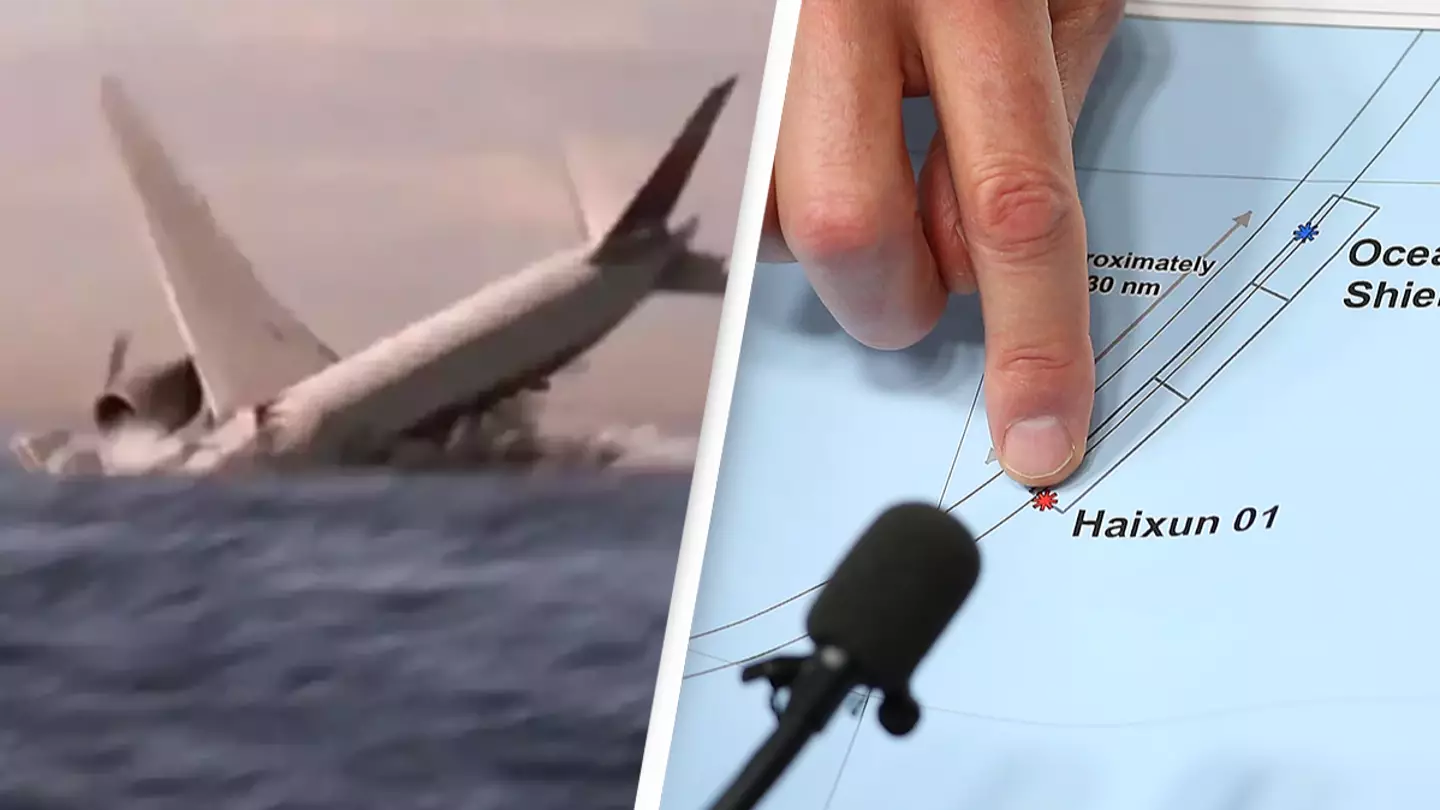A scientist has recently suggested that he has pinpointed the ‘perfect hiding place’ for the missing Malaysia Airlines flight MH370.
More than a decade ago, the Malaysia Airlines aircraft vanished after departing from Kuala Lumpur on March 8, 2014. The plane carried a total of 239 individuals, comprising 227 passengers and 12 crew members.
Funerals for those on board flight MH370 were conducted, and despite search teams reporting debris from the assumed crash, the airplane itself has never been located.
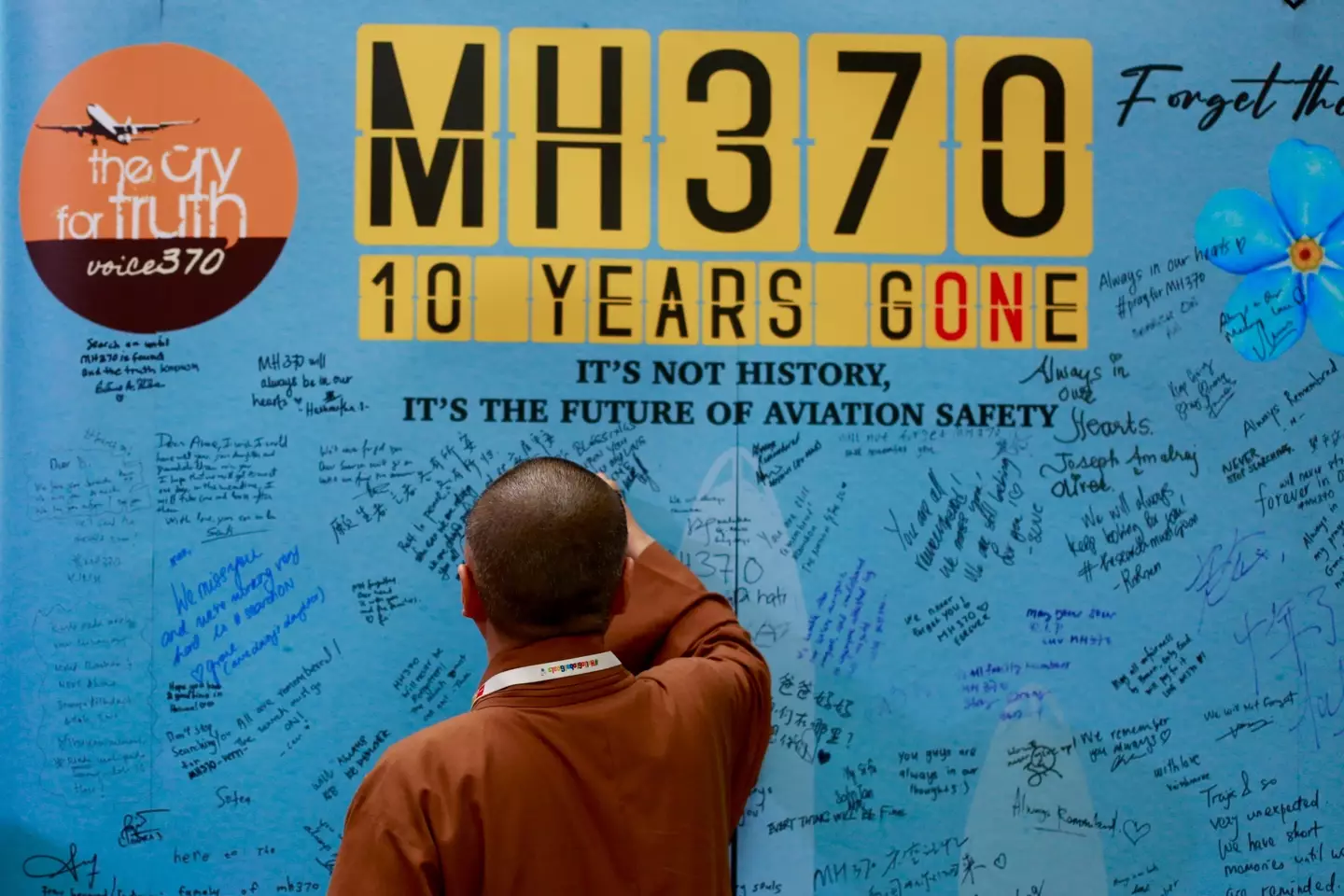
Numerous theories about flight MH370’s fate and whereabouts have emerged over the years, but a researcher now claims he has identified its location.
Australian scientist Vincent Lyne has written a research paper, titled “Final Two Communications from MH370 Suggests Controlled Eastward Descent,” which outlines his findings on flight MH370. This paper has recently been accepted for publication in the Journal of Navigation.
Lyne celebrated this development on LinkedIn, revealing that his research suggests the plane was intentionally crashed.
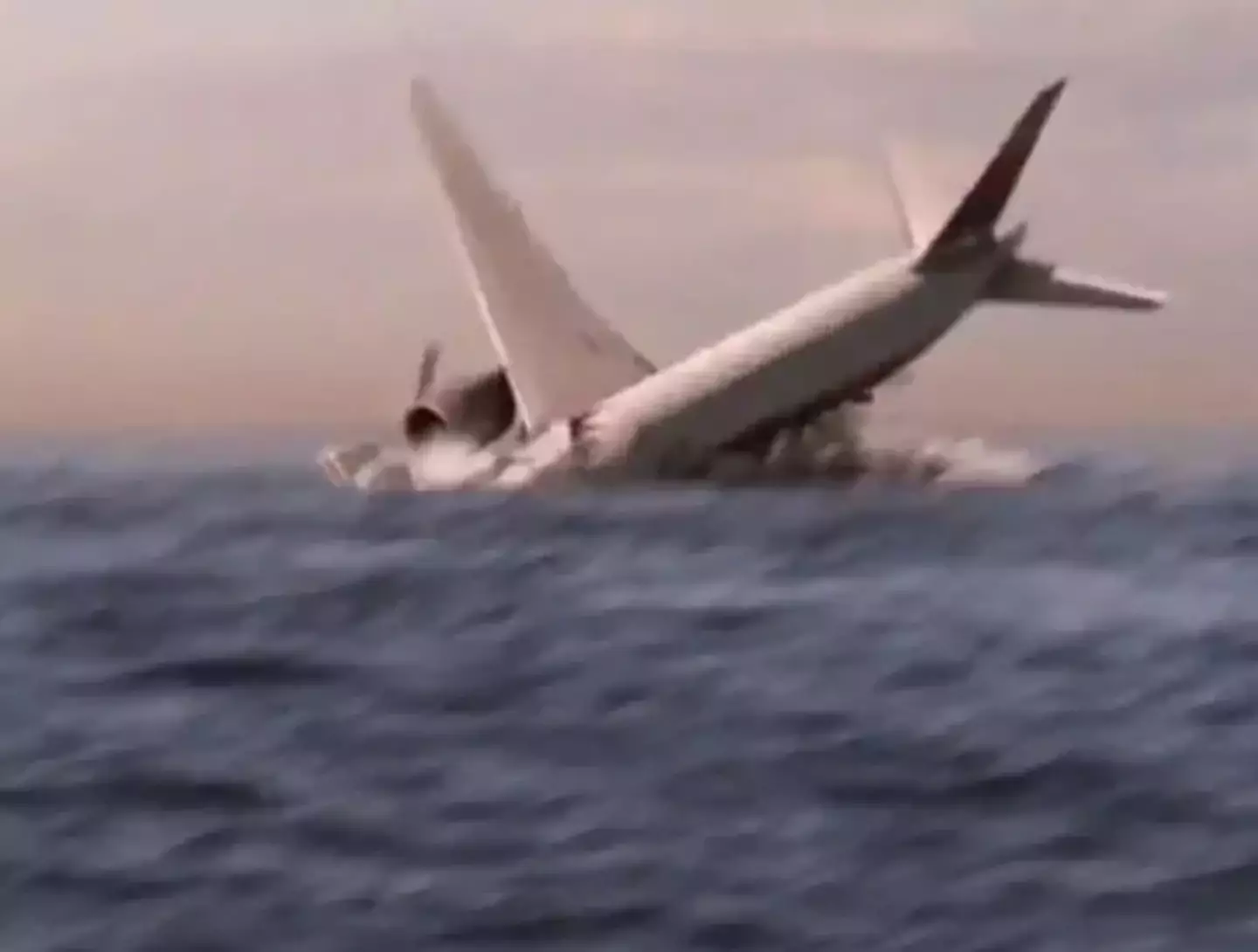
“This work changes the narrative of MH370’s disappearance from one of no-blame, fuel-starvation at the 7th arc, high-speed drive, to a mastermind pilot almost executing an incredible perfect-disappearance in the Southern Indian Ocean.
“In fact, it would have worked were it not for MH370 ploughing its right wing through a wave, and the discovery of the regular interrogation satellite communications by Inmarsat — a brilliant discovery also announced in the Journal of Navigation,” he wrote.
Lyne further explained that the damage to MH370’s wings, flap, and flaperon indicates a ‘controlled ditching’ maneuver by its pilot, akin to the one performed by Captain Chesley “Sully” Sullenberger on the Hudson River in 2009.
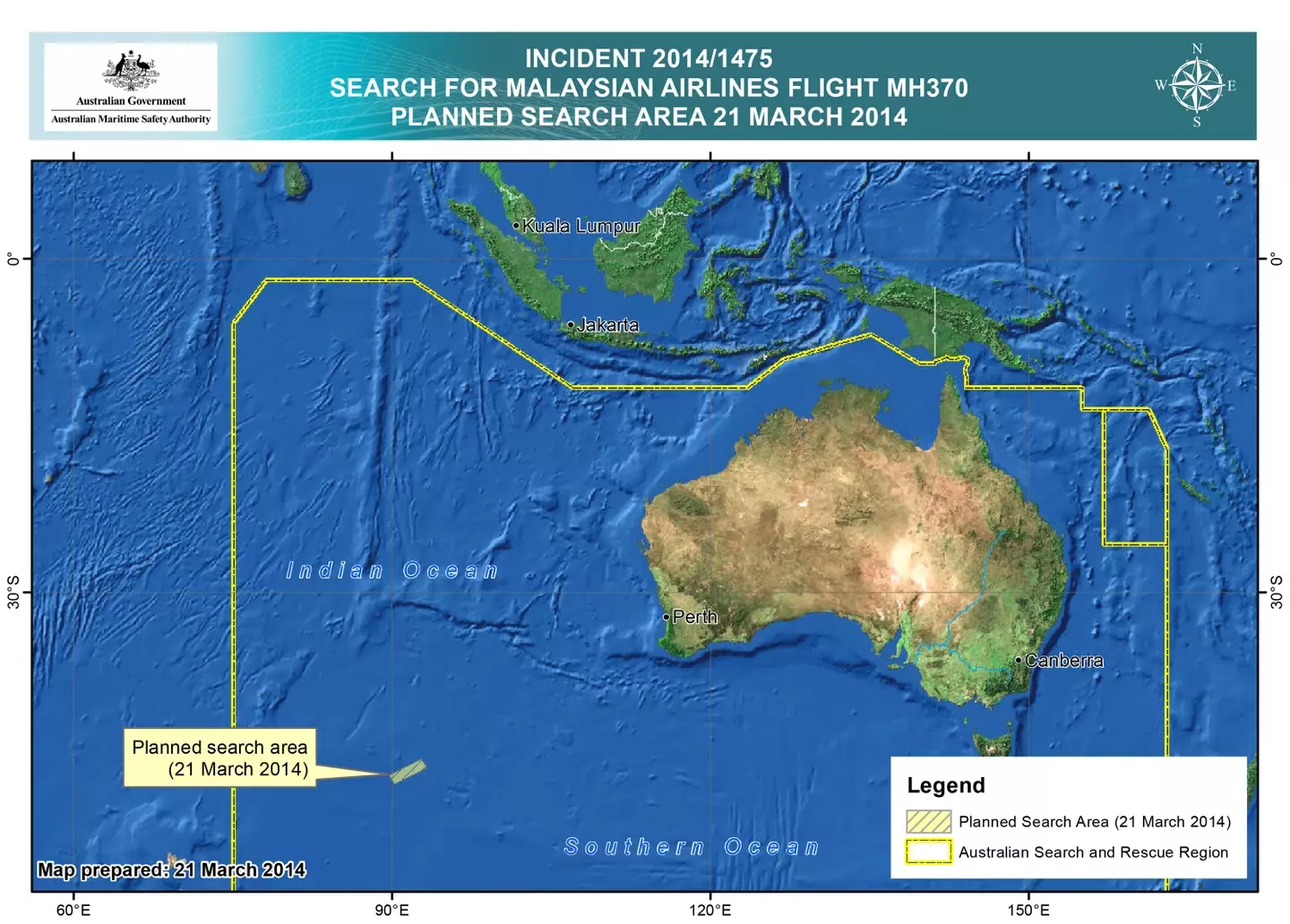
“This justifies beyond doubt the original claim, based on brilliant, skilled, and very careful debris-damage analyses, by decorated ex-Chief Canadian Air-crash Investigator Larry Vance, that MH370 had fuel and running engines when it underwent a masterful ‘controlled ditching’ and not a high-speed fuel-starved crash,” Lyne added.
“But encouragingly we now know very precisely that MH370 is where the longitude of Penang airport (the runway no less) intersects the Pilot-in-Command home simulator track discovered and discarded by the FBI and officials as ‘irrelevant.’
“That premeditated iconic location harbors a very deep 6000 m hole at the eastern end of the Broken Ridge within a very rugged and dangerous ocean environment renowned for its wild fisheries and new deep-water species.
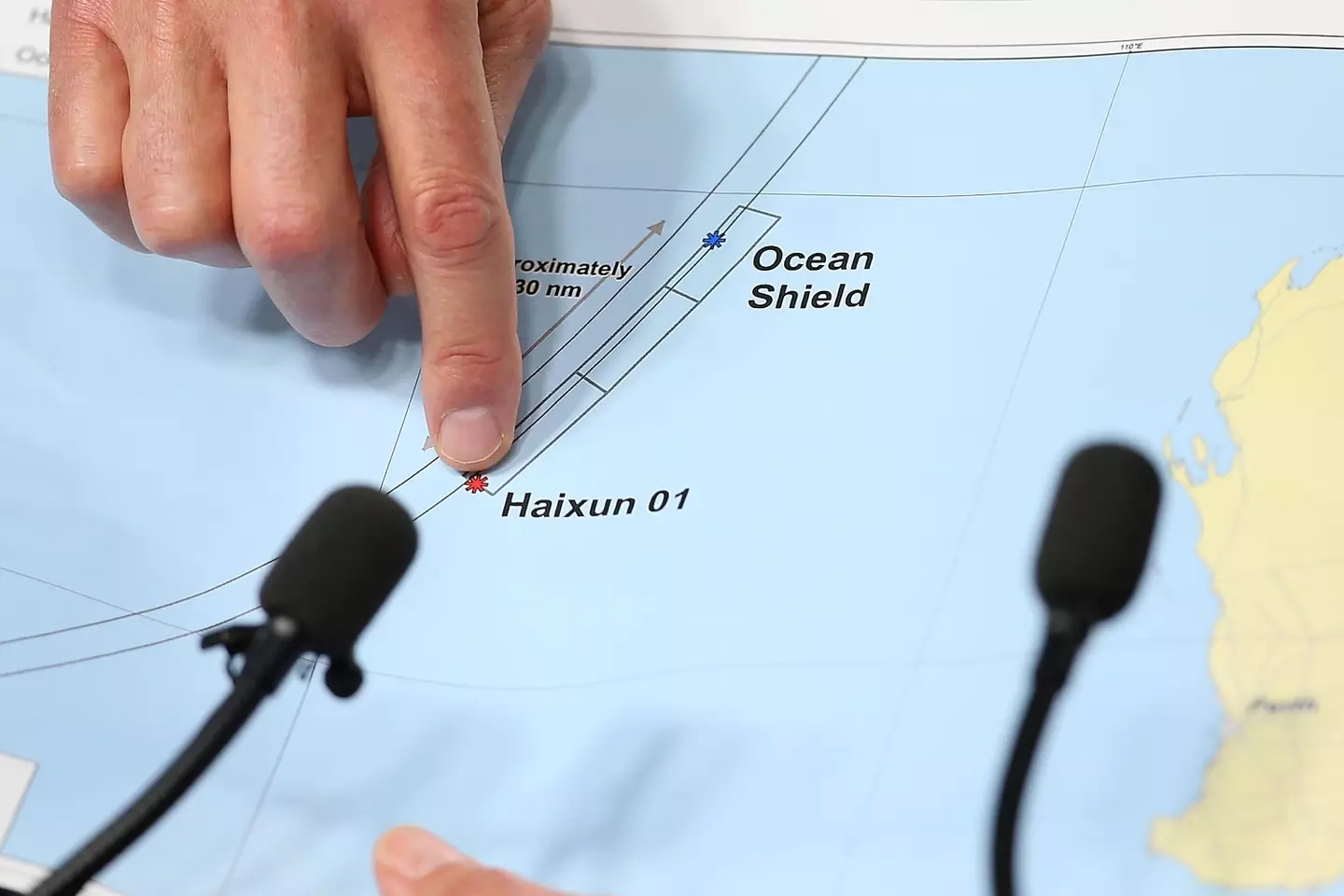
“With narrow steep sides, surrounded by massive ridges and other deep holes, it is filled with fine sediments — a perfect ‘hiding’ place.
“That location needs to be verified as a high priority. Whether it will be searched or not is up to officials and search companies,” Lyne added. “But as far as science is concerned, we know why the previous searches failed and likewise science unmistakably points to where MH370 lies.”
Lyne is affiliated with the University of Tasmania’s Institute for Marine and Antarctic Studies.

